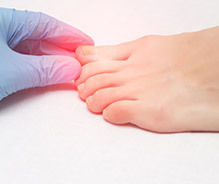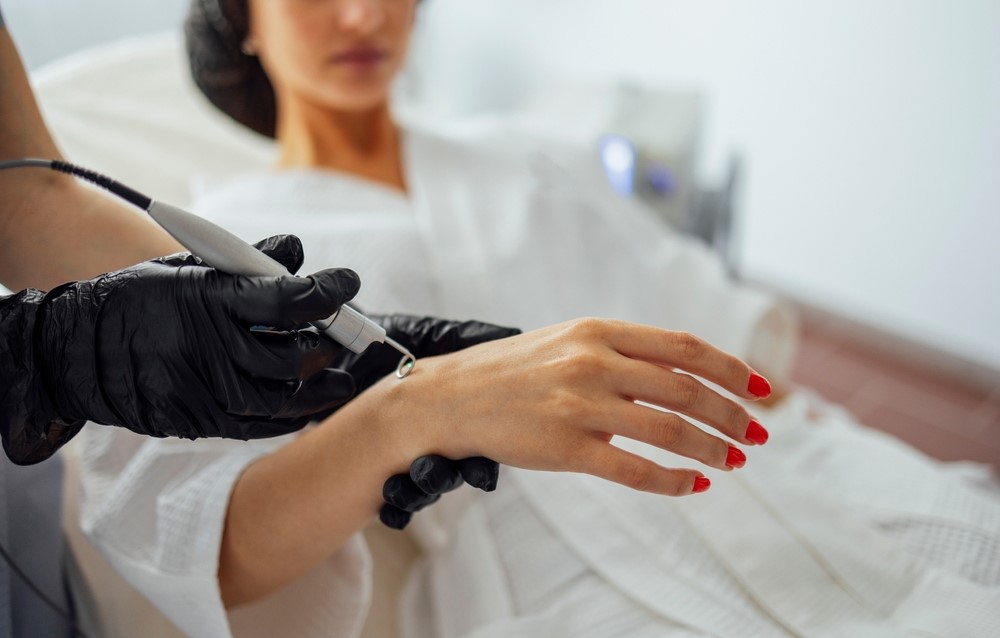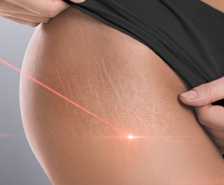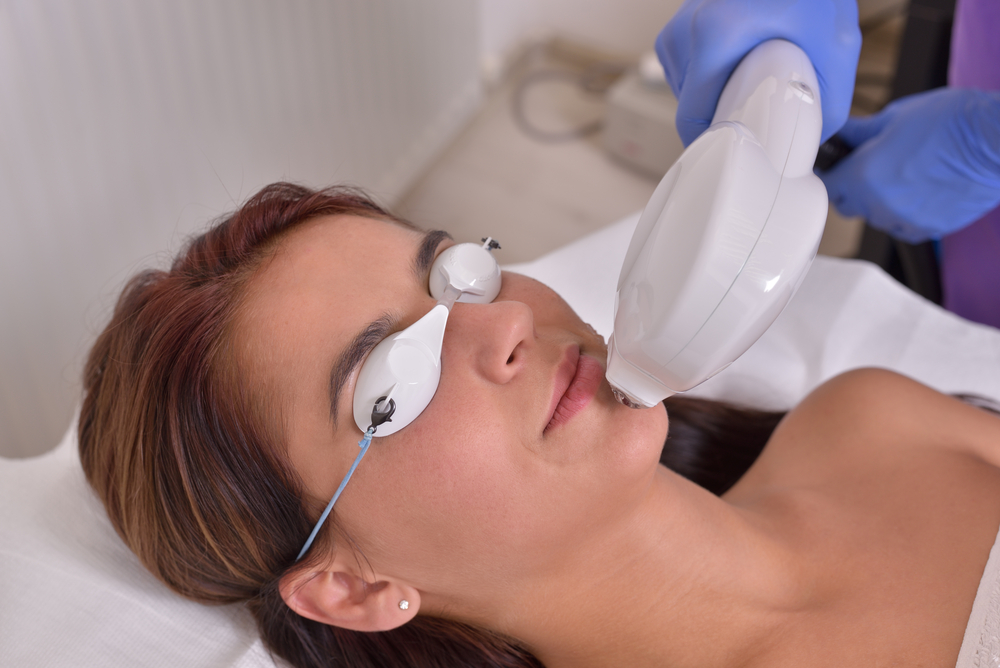Tattoo removal is a process that is on the tip of everyone’s tongue. With the tattoo industry has seen an unprecedented boom in the early 2000s – due in part to shops becoming more accessible on the high street and celebrities bringing increased exposure and acceptance – many members of the public rushed out to copy the style of their role models.
How Long Does Tattoo Removal Take
The results obviously varied. Some tattooists pale in comparison to others – some tattooists stick to best practices of health and safety and win awards for their work whereas others simply buy a tattoo kit off the internet and have no care for safety and hygiene so operate from their home. Even regardless of the work, sometimes clients can go off a design they had inked on them that seemed like a good idea a decade ago – whether that’s a girlfriends name, a logo, or a tattoo trend such as tribal.
Needless to say, there is a multitude of reasons as to why people opt for tattoo removal, but the industry is seeing a real boom as people begin to realise that they no longer have to be stuck with a tattoo forever.
Tattoo removal isn’t an overnight process though, and there are many factors that need to be taken into account for accurate and intensive removal of a tattoo. Below we’ll discuss a few of the issues that can see the tattoo removal process take a varying number of sessions.
Skin Type
Because the ink in your tattoo needs to penetrate the dermis layer of skin to become permanent, similarly the laser used in tattoo removal needs to penetrate the same layer of skin.
When you come to the Laser Treatment Clinic for your initial consultation, we will use the Fitzpatrick Scale to assess your suitability for the removal process and how many sessions you will need – this looks at your skin colour, hair colour, eye colour, and tanning habits.
Simply put, the lighter the skin the fewer sessions you will need.
Location
The location of the tattoo on your body is important when factoring in the amount of sessions removal will take. This is due to the varying thickness of skin across the body.
This means that areas with thin skin such as hands, head, and feet will take fewer sessions but areas with thick skin such as thigh, bicep and stomach will take much longer.
Colours
Common colours that are used in tattoos include black, red, blue, yellow and orange, but each of these colours will involve a differing amount of targeted laser sessions.
We use an Nd: YAG laser for our treatments – this uses two wavelengths to work on most colours and has proven to be the best way to remove tattoos. Black, dark blue and red ink respond really well to the removal process, whereas white, yellow, and green ink doesn’t respond well to the frequencies given by the laser.
Size
The size of a tattoo is going to be another factor in how long the removal process will take. The reasons for this are two-fold – a large tattoo can only be removed a section at a time and so will require a larger number of sessions. This is due to the fact that the area will need to be treated again and again before moving onto the next section. So if you’re dissatisfied with your back tattoo, be prepared for a long term removal commitment.
Cover-up
Often, some people no longer feel their tattoo is relevant to them or they find it embarrassing and want a different tattoo in its place.
This will mean the design of the cover-up tattoo is bigger than the original and will require the previous tattoo to be covered up with new and darker ink.
If you want a cover-up of an existing tattoo, your tattooist may ask that you undergo some sessions of laser tattoo removal to lighten up the existing one – three or four sessions are usually adequate and this makes it easier for them to ink the new tattoo on you.
If on the other hand you’ve covered up an existing tattoo but dislike the new tattoo even more than the previous one, then the number of sessions for removal will nearly double.
As you can see, there are a vast number of factors into how long tattoo removal can take. The best way to get a clear picture is for us to see the tattoo itself via our consultation process. We use this time to answer any questions you may have and book you in for the skin Test Patch – this allows us to see how your skin will react to the laser and see if you’re suitable for removal.































